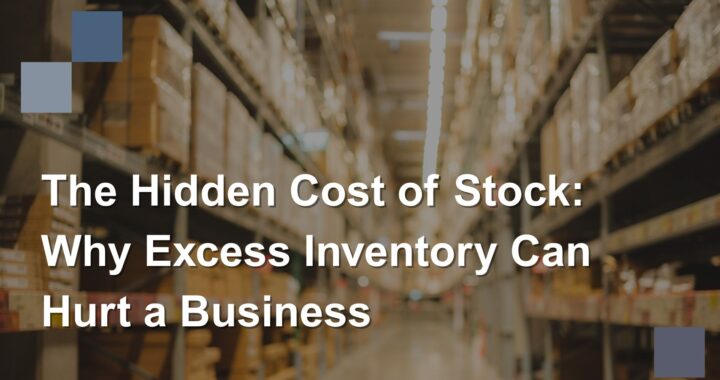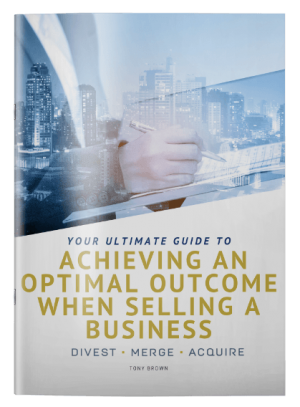When evaluating the factors that influence business value, attention is often directed toward revenue, customer loyalty, or brand reputationn. But one often-overlooked factor that can quietly chip away at a business’s value is stock.
Inventory, especially when it’s excessive or outdated can be a silent threat. It’s not just about cluttered shelves or full warehouses. Stock levels play a direct role in how a business is perceived, how efficiently it operates and its goodwill value.
Why Too Much Stock Is a Problem
Excess inventory usually builds up due to overordering, inaccurate demand forecasting, or sudden market changes. While it may seem harmless, it can send the wrong message to potential investors. Large amounts of unsold stock may suggest poor planning, outdated systems or weak sales.
High stock levels are often the bane of import/wholesale businesses. It may be necessary to provide stock buffers for security, stock in transit, achieve economic order discounts and cover shipping and supply disruptions. Ordering direct from overseas suppliers has positives and negatives in terms of business value.
The Financial Impact
Idle stock ties up capital that could be used for growth, innovation, or improving operations. It also impacts cash flow, which is the lifeblood of any business.
Even small improvements in inventory management can lead to big gains. For example, a 1% increase in gross margin, achieved by better stock control, can translate into significant added value.
Alternative models may include buying from local wholesalers at higher prices but overall requiring less cash tied up in stock on hand. Although profit margins may be lower, the lower business valuation may be more than offset by less of that value attributed to stock and a higher goodwill component.
Accuracy Matters
When selling a business, buyers and their advisors may want to see accurate historical stock records.
As inventory can have a direct effect on a company’s profit and loss, a purchaser’s advisors will scrutinise the accuracy of the opening and closing stock levels quoted in the financial statements.
Further, transactions that involve a significant amount of inventory, an independent stocktake may be required prior to closing.
Excess stock, ways we can mitigate the effect
If there is a genuinely unnecessarily high level of stock on hand that can be reduced without negatively impacting margins, we can notionally ‘ring-fence’ the excess component and exclude from the business enterprise value. It can then be either purchased at an additional price or allowed to be sold off by the seller before completion. Another option is to allow this stock to be held on consignment by the buyer and paid for at cost when the new owners still it at a profit, resulting in a potential win-win.
What Counts as Excess?
It’s common for purchases to negotiate a lower cost price on excess or aged inventory. Buyers often consider stock held for more than 6 to 12 months as “slow-moving” or “dead.” Identifying these items early allows businesses to clear them out, free up space, and avoid negotiations.
A Smarter Approach to Inventory
Streamlining inventory isn’t just about tidying up, it’s a strategic move. It improves efficiency, boosts cash flow and sends a clear message that the business is well-run. And when it comes time to sell, that can make all the difference.
Managing stock wisely and accurately is more than good housekeeping, it’s a key driver of business value.




